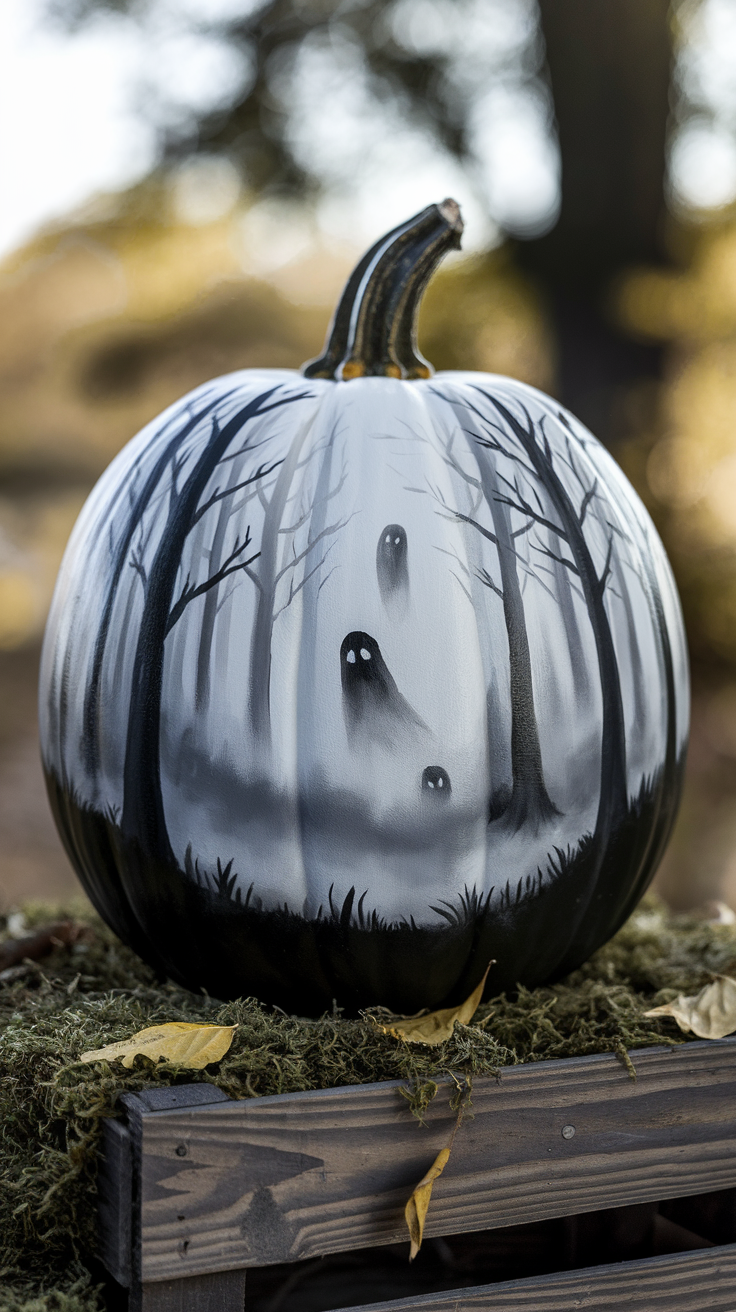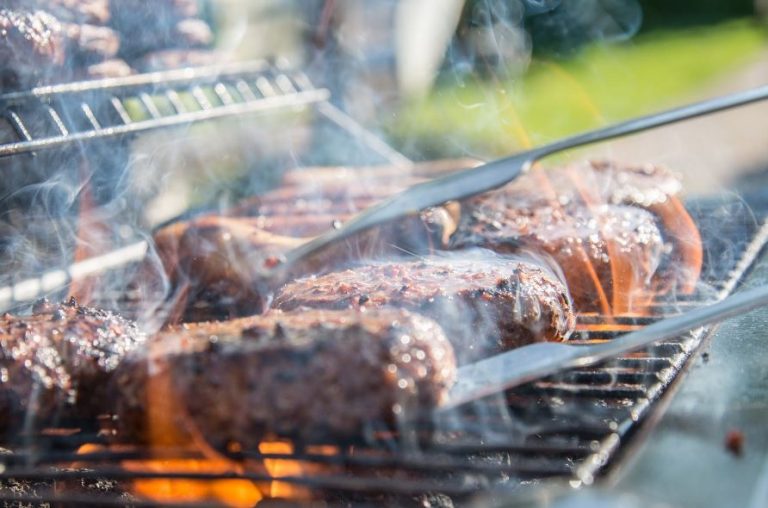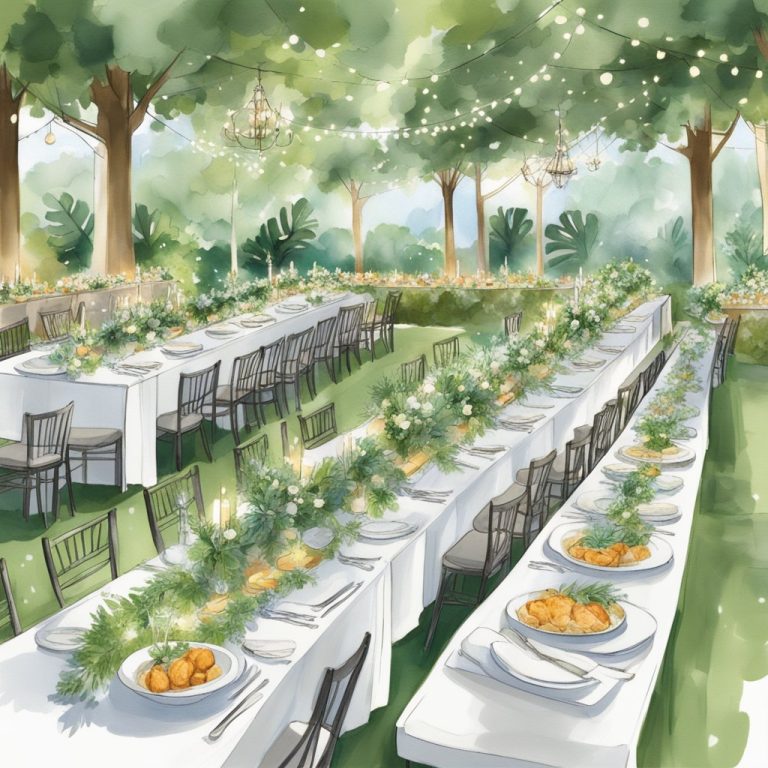Garden Gate Designs

From Past to Present: 13+ Historical Garden Gate Designs to Inspire Your Garden
Ever wonder how the stately gates of ancient cities and grand estates ended up inspiring your own backyard? Timeless elements from history—like intricate scrollwork, sturdy iron craftsmanship, and bold architectural lines—still shape today’s garden gates.
These gates aren’t just entryways—they’re statements, packed with character and stories that echo through the centuries.
As you look at garden designs for your home, you’ll spot traces of Victorian iron, the imposing forms of medieval fortresses, or the artistic details of ancient temples.
Dive into these historic designs and you might just find new ways to bring beauty, a sense of history, and a warm welcome to your outdoor space.
The Enduring Appeal of Garden Gates
Garden gates stick around because they blend function with charm. Where you put them, their style, and what they’re made of can boost privacy, show off your taste, and greet visitors with personality.
Role of Gates in Residential Landscaping
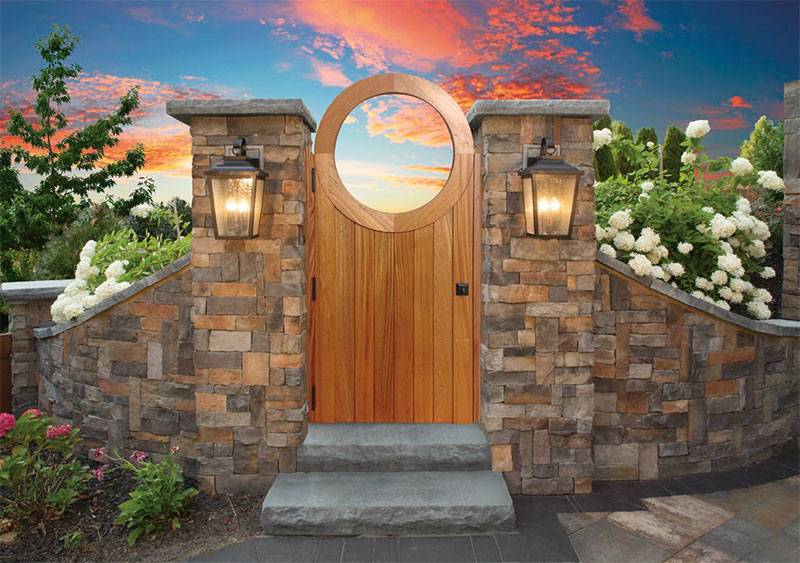
A garden gate does more than mark an entry—it connects your home to the outdoors. The right gate can frame views and nudge guests along the prettiest paths in your yard.
In British and European traditions, low wooden gates and ornate wrought iron entrances often mix boundary-marking with garden beauty. Solid or latticed panels give privacy but still let you peek at the plants beyond.
Because gates act as transitions, where you put them shapes the mood—inviting coziness or showing off openness. And let’s be honest, maintenance matters. A gate that’s cared for stands up to the weather and keeps critters (and nosy neighbors) out.
Symbolism and First Impressions
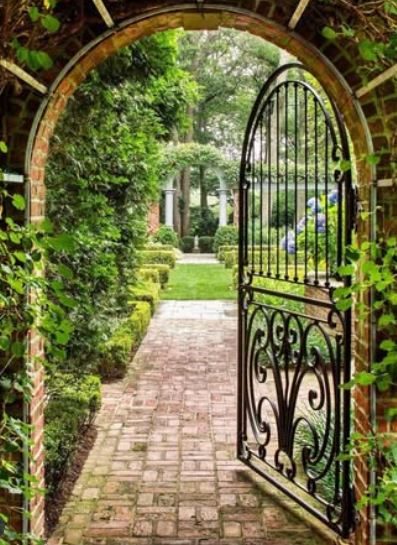
Garden gates say a lot—they welcome, set boundaries, and show off beauty all at once. The design you pick instantly tells people something about your garden’s vibe and your home’s personality.
Ornate ironwork usually signals classic taste and historical depth, pulling from Victorian or Georgian roots. Rustic wood gates feel warm and a bit understated, while sleek steel or minimalist gates shout modern style.
First impressions matter. A thoughtfully chosen, well-kept gate invites people in and hints at the care you put into your space. It’s almost like a handshake for your landscape—a little preview of what’s inside.
Integration with Garden Styles
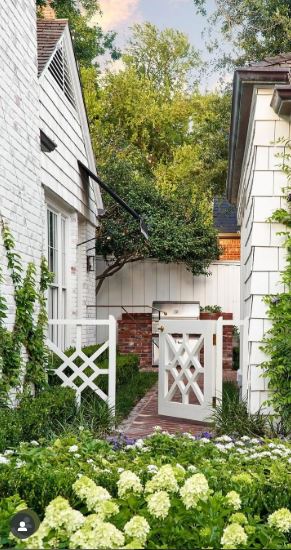
Your gate should fit your garden’s overall style. English cottage gardens love arched wooden gates with climbing roses, while formal gardens lean toward symmetrical, wrought iron gates with scrollwork or geometric shapes.
Here’s a quick cheat sheet:
| Garden Style | Typical Gate Design |
|---|---|
| Cottage | Timber, arched, picket |
| Formal | Wrought iron, ornamental |
| Mediterranean | Stone or stucco, arched wood |
| Modern | Minimalist metal or glass |
It’s the little things—color, hardware, the plants you tuck around the gate—that pull it all together and make it a real focal point.
Iconic Historical Gate Designs That Inspire Today
For centuries, gateways have shaped entrances to villages, estates, and homes. Their influence is everywhere, from classic white pickets to grand wrought-iron and stone gates.
Classic Picket Fence Gates
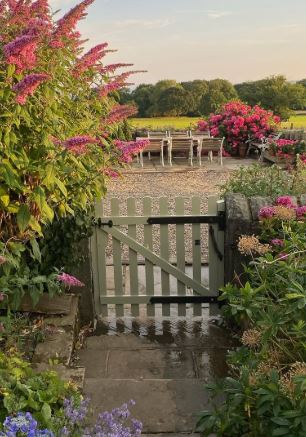
The picket fence gate stands out with its neat, evenly spaced boards and simple silhouette. It took off in colonial America, symbolizing hospitality and order—marking boundaries but staying friendly.
Nowadays, you’ll find picket gates made from painted wood, vinyl, or composite for extra staying power. Add-ons like arched tops, decorative finials, and matching fence panels let you tweak the look for old-school or modern homes.
Want your garden to feel open but still defined? A picket gate’s a solid bet. They’re easy to care for and you can pick your color or height. Nestled in a cottage garden or flanked by flowers, picket gates just have that timeless, cheerful vibe.
Rustic Wooden Gates Through the Ages
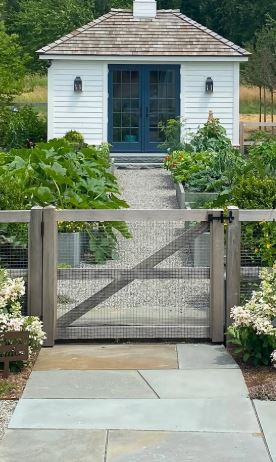
Rustic wooden gates go way back in rural landscapes and old towns. Made from sturdy timbers like oak, pine, or cedar, they were pieced together with simple joinery and iron hardware.
Look for rough textures, hand-forged hinges, and visible wood grain. These gates used to protect livestock or gardens, making use of whatever was on hand.
Bring the look home with a rustic gate—stained or left to weather. Pair an aged wooden gate with stone walls or a post-and-rail fence for that welcoming, old-world feel. There’s something about their warmth and organic look that just feels right in a garden with character.
Stone and Iron Gates of the Past
Grand stone and iron gates once guarded cities, estates, and gardens all over. Wrought iron scrollwork, heavy stone pillars, and arches show up in places like Europe’s manor houses and Mughal Lahore’s walled city.
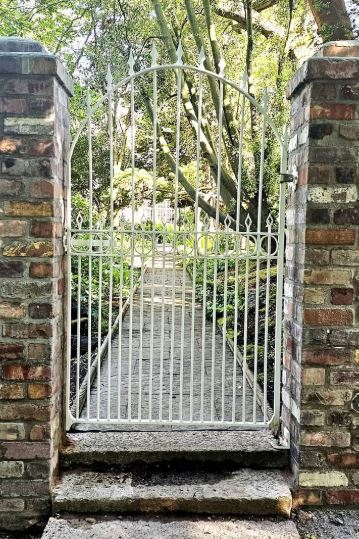
These gates signaled security and status, showing off serious craftsmanship. If you want to channel this, look for gates that mix ornate metalwork with masonry piers or free-standing structures.
Add details like fleur-de-lis finials or torch-style lanterns for extra flair. Stone and iron gates last forever and can be scaled down for home use. They bring sophistication and a dramatic welcome to any garden or driveway.
From History to Modernity: Evolution of Gate Design
Gate design today borrows heavily from the past. Whether you’re into clean, contemporary lines or love the feel of traditional wood, history keeps shaping the options you have.
Influence of Traditional Motifs on Unique Gate Design
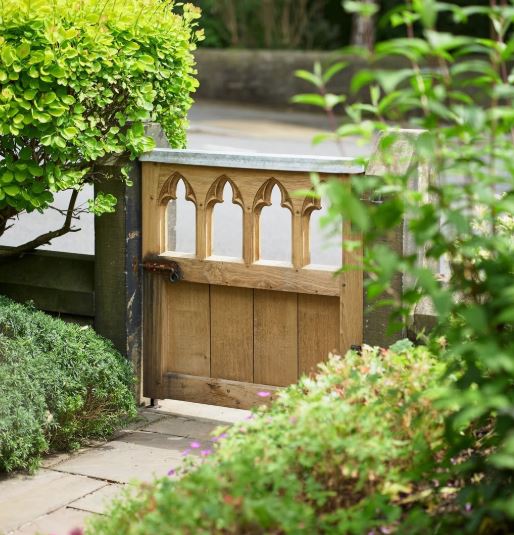
Historic patterns—think Gothic arches, wrought-iron scrollwork, and Greek columns—still spark ideas for modern gates. Ancient Mesopotamian gates, Roman arches, and medieval castles introduced motifs about protection, status, and artistry.
Notice how floral ironwork from Victorian and Art Nouveau eras pops up in today’s gates? Or how Eastern geometric lattice and temple carvings get reimagined for home entryways? Even minimalist gates often nod to historic symmetry or repetition.
Historic Techniques in Contemporary Gate Design
Traditional joinery, hand-forged metalwork, and mortise-and-tenon woodworking all played a big part in durability and decoration. Many craftspeople still use these skills, but now they blend them with modern tech. Laser-cutting and precision welding let you add intricate historical details—like filigree or latticework—to a new gate.
Restoration projects often bring back old techniques with updated tools or eco-friendly materials. For example, you can choose riveted steel work that nods to early industry, but with modern reliability. Hinges, locks, and latches might copy historical styles but use weather-resistant finishes and up-to-date security features.
Materials: Wood, Metal, and Beyond
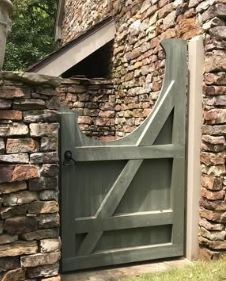
Wood gates are still a favorite for their warmth and classic look. Builders use hardwoods like oak or cedar for longevity and charm. Oiling or distressing the wood gives it character but keeps it tough.
Metal—especially iron, steel, and aluminum—brings strength and versatility. Powder coating keeps metal from rusting and lets you pick any color, from basic black to flashy metallics. Composite, vinyl, and recycled materials are everywhere now, offering low-maintenance, eco-friendly alternatives that still look like wood or metal.
| Material | Traditional Use | Modern Update |
|---|---|---|
| Wood | Carved, jointed gates | Engineered woods, eco-friendly finishes |
| Metal | Wrought iron, cast gates | Powder coating, laser-cut panels |
| Composites | Rarely used historically | Weatherproof, low-maintenance alternatives |
Mix and match materials, or pick ones that balance heritage and innovation—either way, you’ll end up with something personal and unique.
World Inspirations: Gates That Stand the Test of Time
Gate designs from all over the world bring together tradition, function, and artful detail. From India’s intricate metalwork to peaceful Zen gates in Asia, you can add heritage and elegance to your own entrance.
Timeless Elegance from Udaipur and Indian Designs

Gates in Udaipur, Rajasthan, are breathtaking—just loaded with history. City Palace gates show off floral motifs, peacock patterns, and hand-forged ironwork, giving them a regal feel. You’ll spot arches and bold geometric shapes, thanks to Mughal and Rajput influences.
Traditional Indian garden gates use carved wood or wrought iron, sometimes sliding or pivoting. Colors like deep red, green, and gold are still in style, echoing the rich palettes of palaces.
For your own space, small lattice screens, curved arches, and hand-painted touches can capture that Indian vibe. Brass accents or ornamental knockers add heritage without going overboard.
European Gate Styles: From Cottage to Manor
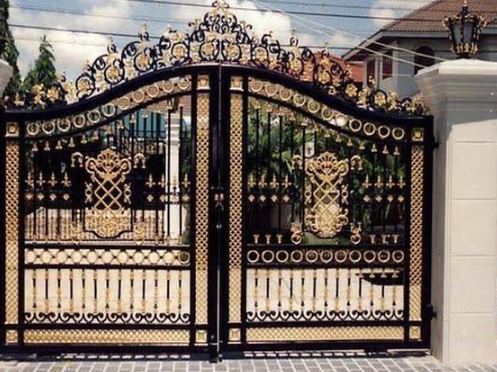
Europe’s gates range from quaint English cottage picket fences to the lavish ironwork at Versailles or Buckingham Palace. Wrought iron gates really took off in the 17th century, showing off scrolls, crests, and gold details.
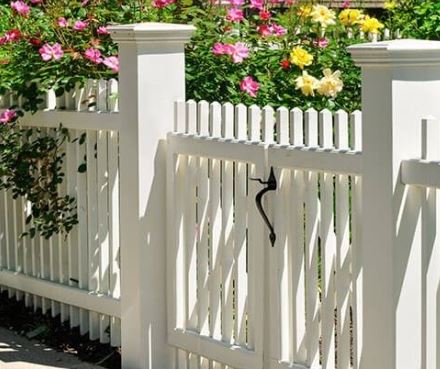
Many European gardens use low gates framed by hedges—great for a welcoming path. Want something grander? Go for taller gates with symmetrical scrollwork or spear tops to channel a classic manor entrance.
Here’s a quick breakdown:
| Feature | Materials | Design Details |
|---|---|---|
| Victorian | Cast/Wrought Iron | Floral scrollwork |
| Cottage | Natural Wood | Picket, Lattice |
| French Manor | Iron w/ Gold Leaf | Crests, Spear Tips |
Mixing iron with wood or adding antique-style hardware gives your gate that old-world, authentic feel—whether your garden is cozy or grand.
Asian Inspirations and Zen Entrances
Asian gate designs really capture a sense of calm and structure. You’ll notice clean lines and natural materials everywhere.
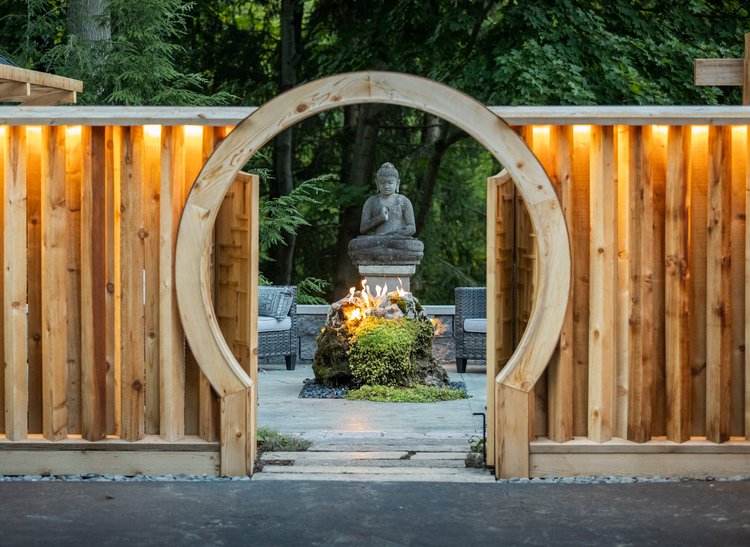
Japanese Torii or moon gates stand out with their iconic shapes. They frame garden views and invite you in with a peaceful vibe.
Gates often use weathered wood or bamboo. Sometimes, you’ll spot them next to stone lanterns or water features.
People embrace patina and simplicity here, not flashy decorations. It’s all about harmony with the landscape.
If you’re planning your garden, try gentle curves and dark timber frames. Keep embellishments minimal and let the plants and textures shine.
A Zen entrance feels tranquil and welcoming. The gate steps back, so your garden takes center stage.
Modern Interpretations of Historical Gates
Garden gates these days often borrow from old designs. But they add new materials and creative twists.
Many modern gates keep traditional shapes or motifs. Designers mix in technology or personal artistic touches.
Blending Classic and Contemporary Materials
When you pick a history-inspired gate, the material mix matters. Classic gates used iron, wood, or stone.
Now, you’ll see these with powder-coated aluminum, stainless steel, or recycled composites. That opens up a lot of options.
This combo gives you the old estate look, but it’s easier to care for and lasts longer. You might see wrought iron scrolls paired with sleek metal frames—Victorian meets modern minimalism.
Sustainable materials like bamboo or reclaimed wood are also in style. They look timeless and feel eco-friendly.
Some fences use antique-style hardware but are built to fight off rust and weather. Contrast—like rough timber with smooth metal—draws the eye and adds strength.
Smart Technology and Innovative Features
Today’s gates can do a lot more than just open and close. You can get smart features like remote controls, app access, or even fingerprint readers.
Many systems tie into your home security for alerts and video monitoring. That’s extra peace of mind, honestly.
Some gates use solar-powered openers or LED lights for nighttime. Sensors can spot you coming and swing open automatically.
Key features include:
- Automatic opening and closing
- Intercoms and video cameras
- App-based access sharing for guests
- Weather-resistant electronics
Designers usually hide the tech—motors and wires stay out of sight. You still get that historical look without the clutter.
Custom and Artistic Fence Gates
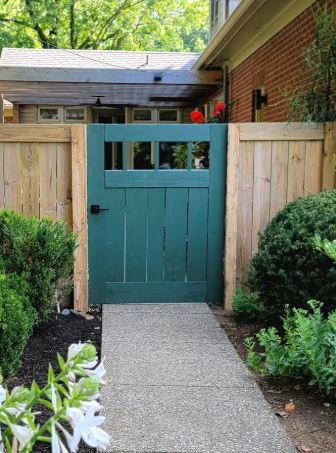
You’ve got more ways than ever to make your garden gate unique. Artists and metalworkers can craft bespoke designs drawn from history—think Gothic or Art Deco.
These gates might show off hand-forged details, laser-cut panels, or custom engravings. You get to work with a designer, tweak the details, and make it yours.
Maybe you want a classic arch but with a modern twist, or a family-inspired motif. Bold paint, glass, or mosaic inlays are all fair game.
Going custom means your gate stands out and feels personal. It’s not just functional—it becomes a real garden highlight.
Choosing the Perfect Garden Gate for Your Home
A great garden gate does more than just let you in. It shapes your property’s style, keeps things private, and can even bump up your curb appeal.
Finding the right mix of design and material makes daily life easier and your landscape better looking. It’s worth the effort, honestly.
Selecting the Right Style for Your Landscape
Every home and garden has its own character. Your gate should fit right in, not stick out.
Cottage or traditional homes usually look best with a wood gate—soft curves or pickets feel natural. Modern places? Metal or geometric gates just fit.
Think about the gate’s job. Want privacy? Go solid or tall. Prefer an open look? Try spaced rails or an arched arbor.
Historic styles like wrought iron or colonial picket gates add personality and can nod to your area’s roots. Take a walk around your neighborhood for ideas.
Look for gates that feel balanced with your house and landscape. You want everything to work together, not clash.
Matching Gates with Fencing Materials
Pick materials for your fence gate that match your fence. Wood gates are super flexible—paint or stain them to blend in.
They work best with wooden fences, but you can set them in stone or brick piers for contrast. Metal gates, like wrought iron or steel, bring a formal feel and pair well with masonry fences.
Aluminum is lighter and easier to care for if iron feels too heavy. Mixing materials can work, too—a wooden gate with metal accents or a metal gate in a hedge looks interesting.
Just make sure the hardware is tough enough for the outdoors and matches your materials. That’s one detail you don’t want to skip.
Maintenance and Longevity Considerations
The material you choose for your gate really shapes how much maintenance you’ll be doing. Wood gates need regular painting or staining. Sometimes you’ll have to fix up spots with rot or warping, which honestly isn’t anyone’s favorite weekend project.
If you go for weather-resistant woods like cedar or redwood, you’ll probably spend less time worrying about upkeep. That’s a big plus if you ask me.
Metal gates—think wrought iron or steel—can stick around for decades if you coat them with protective paint and keep an eye out for rust. Aluminum doesn’t rust at all, so it’s easier to take care of, but it can dent if something hits it hard enough.
Don’t forget about hinges, latches, and the rest of the hardware. Pick the tough stuff made for outdoors, and give it a quick check every season or so.
When you’re putting in posts, make sure they’re sturdy and deep enough—especially if your gate’s heavy or extra wide. Burying posts below the frost line and setting them in concrete helps keep everything straight and solid.


